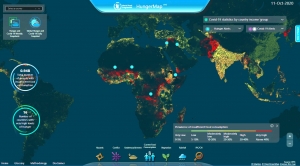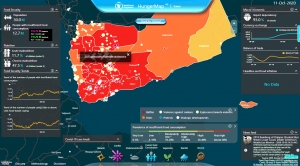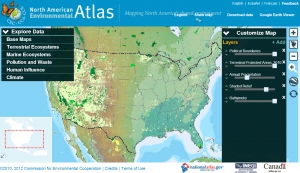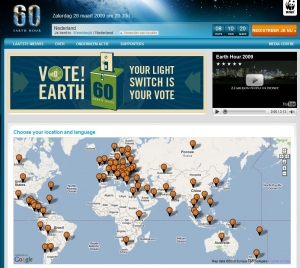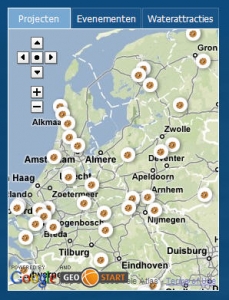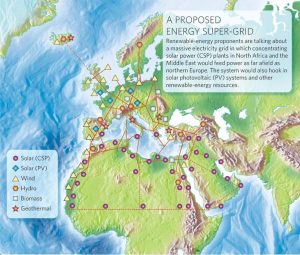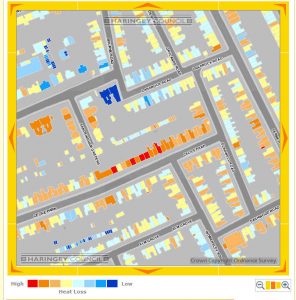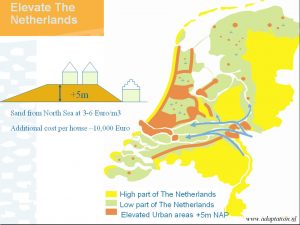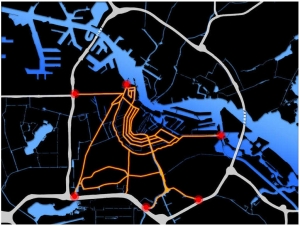 AMFORA is the Dutch acronym for Alternative Multifunctional Underground Space Amsterdam. At a meeting of the Enlightened Underground international conference on Jan 29, the engineering firm, Strukton, revealed a plan for building a new Amsterdam, under the canals. Together with the architectural firm, Zwarts & Jansma, they released a concept book (not available any more – june 2018) illustrating this underground future. The plan would reduce traffic in the city, providing underground parking, park-and-ride facilities, shops, entertainment, and sports facilities.
AMFORA is the Dutch acronym for Alternative Multifunctional Underground Space Amsterdam. At a meeting of the Enlightened Underground international conference on Jan 29, the engineering firm, Strukton, revealed a plan for building a new Amsterdam, under the canals. Together with the architectural firm, Zwarts & Jansma, they released a concept book (not available any more – june 2018) illustrating this underground future. The plan would reduce traffic in the city, providing underground parking, park-and-ride facilities, shops, entertainment, and sports facilities.
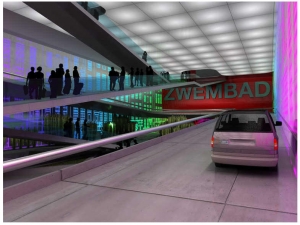 There would be a positive impact on the environment, health, and quality of life with the crowded canal-side roads transformed into broad foot (and bike) paths. Somehow, a by-product of the process would be cleaner canals, clean enough to swim in. This is truly an ”adaptation” scenario for global warming, as the land of Hans Brinker, turns into the costa del sol of the future. The project images are wonderful, the idea is fantasmagoric.
There would be a positive impact on the environment, health, and quality of life with the crowded canal-side roads transformed into broad foot (and bike) paths. Somehow, a by-product of the process would be cleaner canals, clean enough to swim in. This is truly an ”adaptation” scenario for global warming, as the land of Hans Brinker, turns into the costa del sol of the future. The project images are wonderful, the idea is fantasmagoric.
Update 17/6/2018: AMFORA in het Stadslab van het Amsterdam Museum

